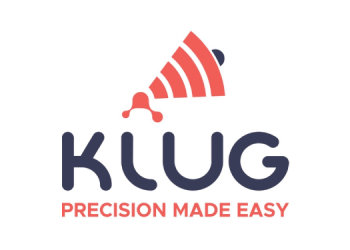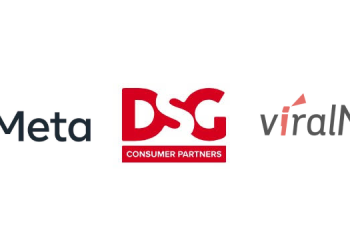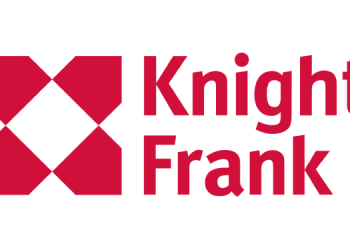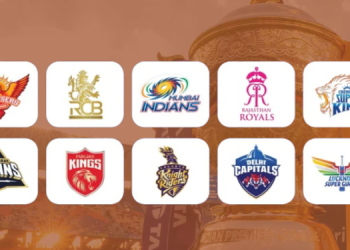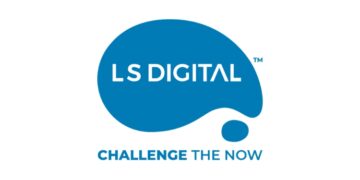Mumbai: According to the latest annual report by Kofluence, a leading influencer marketing platform, the Indian influencer marketing industry is poised to reach a staggering $3.5 billion by 2028. The report, which provides a comprehensive analysis of the industry’s trends, challenges, and insights, reveals that the sector is driven by a massive 2.5-3.5 million content creators across the country.
The report highlights that Instagram and YouTube are the dominant platforms for influencer marketing, with Instagram hosting the majority of creators. North India leads the way in content creation, accounting for 37% of creators, followed by South India at 26%. The report also notes that 49% of Instagram creators are aged 18-25, while 42% fall in the 26-35 age bracket.
In terms of monetization, the report reveals that 110-170K YouTube creators actively monetize their content, with nano-influencers on Instagram earning ₹500-5K per reel and mega/celebrity influencers earning over ₹2 lakhs. On YouTube, creators with 1K-10K average views can earn up to ₹7K per Short, while mega/celebrity creators can earn over ₹3 lakhs.
Indian Brands and their Influencer Marketing Budget:
The report also sheds light on brand adoption and preferences, with e-commerce leading the way in influencer marketing spending at 27%, followed by FMCG at 20%. Brands are allocating significant portions of their marketing budgets to influencer marketing, with over 80% spending up to 30% on it. The e-commerce sector leads in influencer marketing spending at 27%, followed by FMCG at 20%. Instagram is the preferred platform, capturing 47% of influencer marketing spends, followed by YouTube. Brands prefer collaborating with micro and macro-influencers, who account for 70% of partnerships. Short-form videos are the most popular content format, preferred by 32% of brands. Brands prioritize authenticity and social proof when choosing influencers. Most brands (67%) rely on agencies or platforms to execute influencer campaigns, while 33% manage them in-house.
The report highlights the challenges faced by creators, including growing audiences and finding time to create content. Brands, on the other hand, struggle with price standardization, ROI measurement, and influencer discovery.
The report emphasises the importance of technology in shaping the future of influencer marketing. AI and machine learning are revolutionizing influencer selection, campaign management, and performance analysis, while emerging technologies like AR, VR, and blockchain are expected to play a significant role in the industry’s growth.
The Future of Indian Influencer Marketing: Trends, Opportunities, and Challenges:
The Indian influencer marketing industry is on the cusp of a significant transformation, driven by technological advancements, shifting consumer behaviors, and evolving brand strategies. As the industry continues to grow and mature, several key trends and developments are expected to shape its future.
One of the most significant trends is the increasing adoption of artificial intelligence (AI) and technology in influencer marketing. AI-powered matching algorithms, analytics tools, and automation are streamlining processes and improving campaign effectiveness. This shift towards data-driven strategies and ROI measurement is expected to continue, enabling brands to make more informed decisions and optimize their influencer marketing efforts.
Another trend gaining momentum is the rise of micro and nano-influencers. These individuals, with smaller but highly engaged followings, offer a more authentic and targeted approach to influencer marketing. As brands seek to connect with their audiences on a deeper level, micro and nano-influencers are becoming increasingly attractive options.
The emergence of new platforms and content formats is also expected to play a significant role in shaping the future of Indian influencer marketing. Short-form video content, in particular, has gained immense popularity, and platforms like Instagram Reels and YouTube Shorts are becoming essential channels for influencer marketing. Additionally, the growth of social commerce and direct monetization opportunities for creators is expected to continue, providing new revenue streams for influencers and brands alike.
Furthermore, the industry is witnessing a shift towards long-term brand-influencer partnerships and authentic storytelling. Brands are recognizing the value of building meaningful relationships with influencers and their audiences, rather than relying on one-off collaborations. This approach not only fosters trust and credibility but also leads to more effective and sustainable marketing outcomes.
The integration of technologies like augmented reality (AR) and virtual reality (VR) is also on the horizon, offering new and innovative ways for brands to engage with their audiences. These immersive experiences have the potential to revolutionize the way brands interact with consumers, creating more memorable and impactful connections.
However, the industry also faces several challenges, including the need for standardization, discovering the right influencers, and measuring ROI. As the industry continues to grow, it is essential to address these challenges and establish clear guidelines and best practices for influencer marketing.
In conclusion, the future of Indian influencer marketing is bright, with numerous opportunities for growth and innovation. By embracing technological advancements, shifting consumer behaviors, and evolving brand strategies, the industry is poised to play an increasingly important role in brands’ marketing strategies. As the industry continues to evolve, it is essential to prioritize authenticity, transparency, and meaningful connections with audiences, while also addressing the challenges that lie ahead.
“The Indian influencer marketing industry is at an inflection point, with tremendous growth potential,” said Sreeram Reddy V, CEO of Kofluence. “Our report provides valuable insights for brands, creators, and industry stakeholders to navigate this dynamic landscape and capitalize on the opportunities that lie ahead.”
The full report is available for download on the Kofluence website.



